People often focus on the “dangers” of being outside rather than on the multitude of benefits.
Why aren’t we as concerned about all the pesticides we’re putting into the environment — even on our lawns? What about the very real threat of eliminating the ecosystems humans depend on? And climate change?
Two things, among many others, that people have long feared are poisonous plants and bee stings.
And now in the last few years, there is a third: ticks.
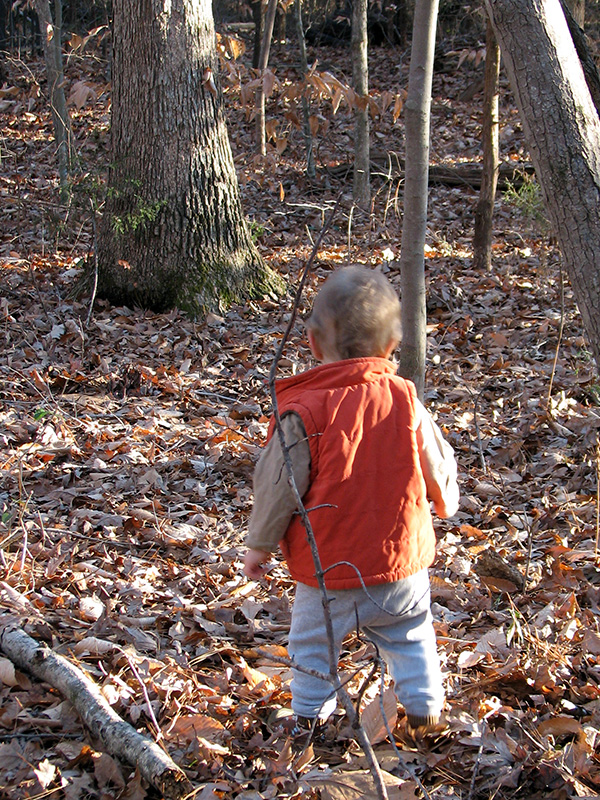
Poisonous plants
As parents of very young children, we tried not to grow plants known to be poisonous — which include both native and non-native plants — but there’s no way you can avoid them all. (And do many people have qualms about bringing poisonous holly berries or poinsettia into their homes during the holidays?)
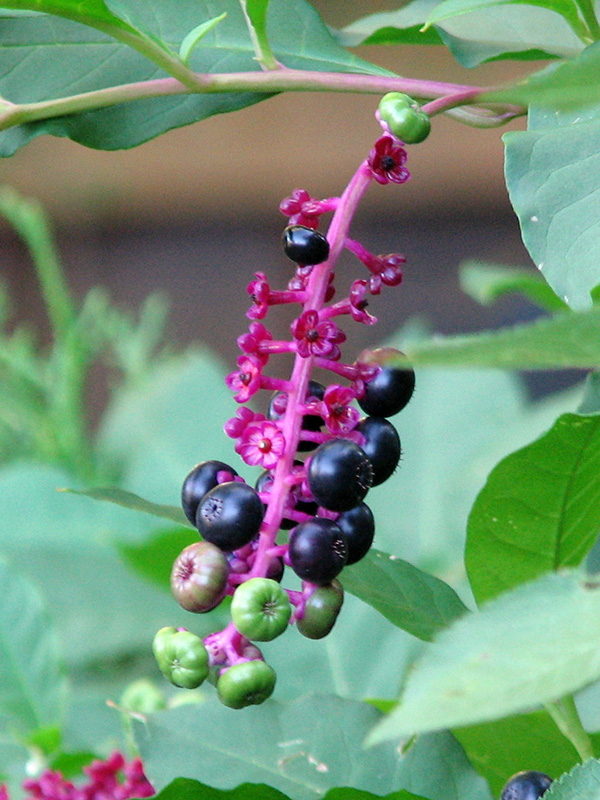
When our children were young, we believed the best protection was to first closely monitor really young children (which must be done anyway) and then, as soon as they could understand, teach them that some plants will make them sick and to NOT EVER put ANY part of ANY plant in their mouth without asking us — even in the vegetable garden.
One example of a otherwise-useful habitat plant that unfortunately has poisonous berries is pokeberry. We grow just a few plants inside our fenced backyard.
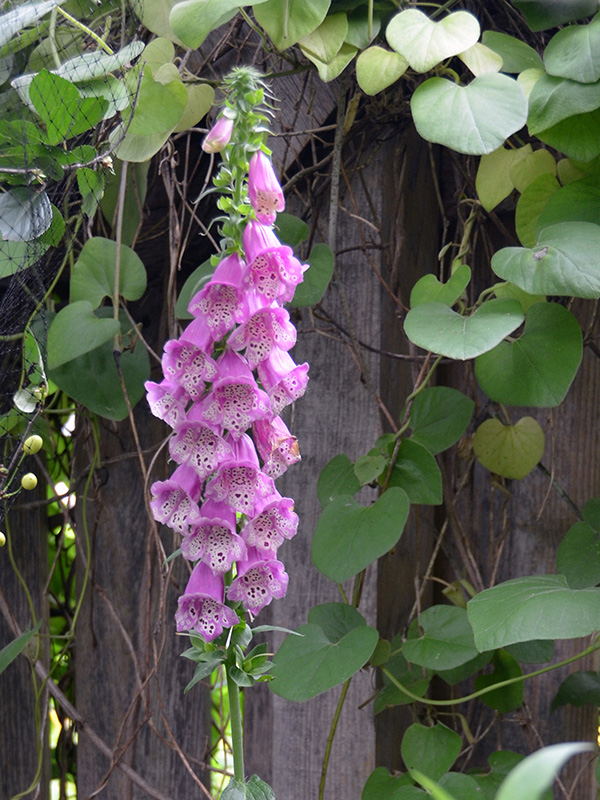
However, lots of commonly-sold (non-native) plants are also poisonous, including foxglove (pictured), lily of the valley, English yew, daffodil bulbs, lantana, and others.
These are so familiar to most people that they don’t consider a yard full of these ornamental plants to be dangerous!
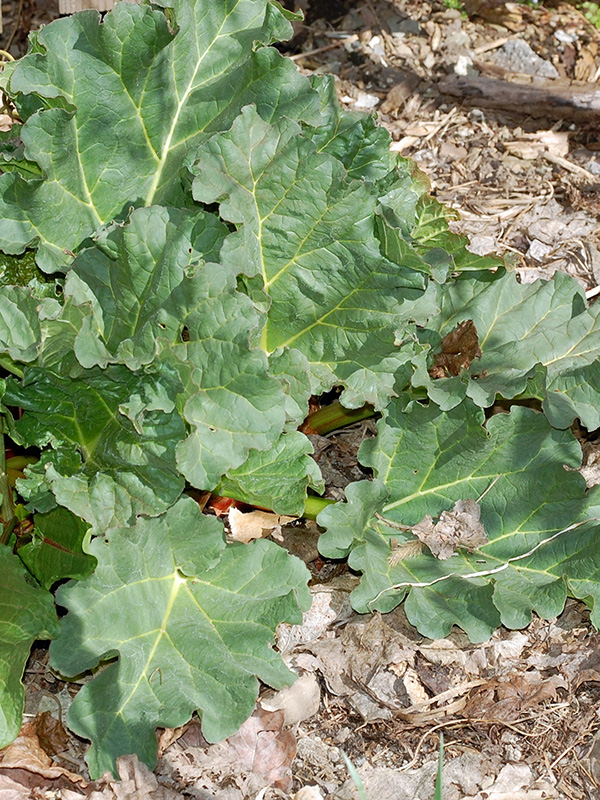
There are poisonous parts to even some edible plants — think rhubarb leaves — or even the edible part itself, such as lima beans, which can be toxic until cooked.
Just as we couldn’t ban all cars from the streets around us or other dangers of modern life, we couldn’t ban all poisonous plants from our yard. Teaching them about the dangers of both was the best protection.
Bee stings
People get crazy about bees and try to ban them from their yards. Schools are reluctant to plant pollinator gardens or sometimes any garden at all. After all, a child might (GASP!) get stung!
Bee stings can indeed be painful, but the pain does go away. Fear of bees or of insects in general, though, can be lifelong.
The good news is that most bees are more interested in foraging than in stinging.
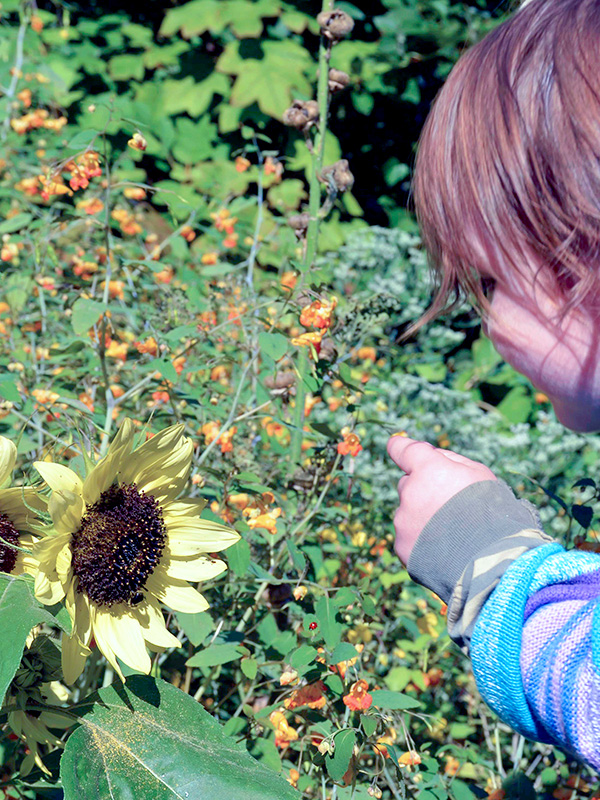
If kids are outside, there may come a time when they do get stung. As a child, I once landed in a yellow jacket nest, receiving literally dozens of stings all at once. It certainly was painful and still is a vivid memory! But it didn’t lead to any bad health consequences nor to a lifelong fear of bees, for which I am grateful.
OF COURSE, if someone is deathly allergic to bee stings then creating a yard attractive to bees may not be wise, but for most people this isn’t an issue.
Ticks
Lyme disease associated with ticks became a problem when the deer population got out of control. Why did this happen? Because, not thinking of the consequences, we got rid of the predators that previously had kept the deer population in balance.
This is one of many examples of problems we humans are creating for ourselves because we don’t appreciate how nature works. We’ve lost our connection to and understanding of the natural world!
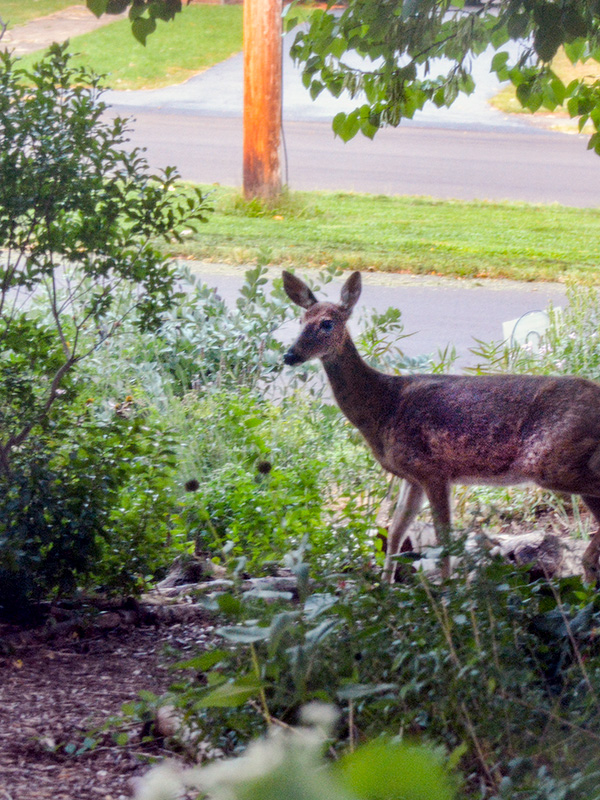
What to do
Ultimately our society needs to address the deer issue, but until then (when??) we need to know what to do.
Adult ticks tend to climb vegetation up to 3 feet high to wait for a large, warm-blooded animal to brush past. So as the PennState Extension says, “To reduce exposure possibilities, the natural landscape should have setbacks or paths for the human visitor to walk on without brushing against vegetation. The best prevention against Lyme disease is a careful check of body and clothes after being in an area likely to have ticks.”
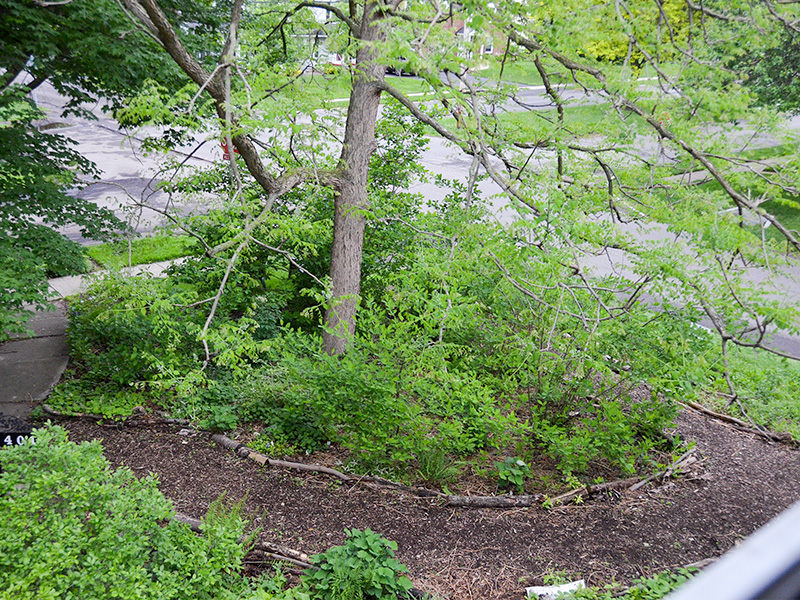
We agree.
We maintain paths so we can walk anywhere in our landscape without contacting plants.
And on days we work in the planting beds or have been in natural areas, we simply check our bodies for ticks.
Another suggestion from Tallamy in his book Nature’s Best Hope (p. 217): “Another thing we can do is landscape in a way that encourages higher mammal diversity in our neighborhoods. Research has shown that areas with foxes, chipmunks, squirrels, raccoons, groundhogs, and possums have much lower rates of Lyme disease, not because they have fewer ticks, but because those mammals are dead-end hosts for Lyme disease. Simplified landscapes that harbor only white-footed mice and deer have much higher rates of infectivity.”

(See the Resources and Reflections sections below.)
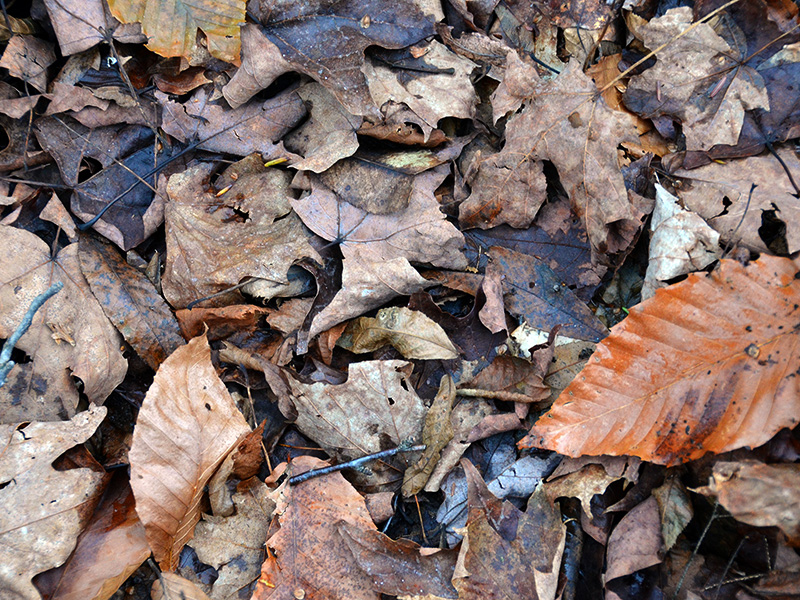
Some “authorities” recommend that no leaf litter be allowed since it might harbor ticks — not considering the very real long-term danger of eliminating insects our ecosystems depend on.
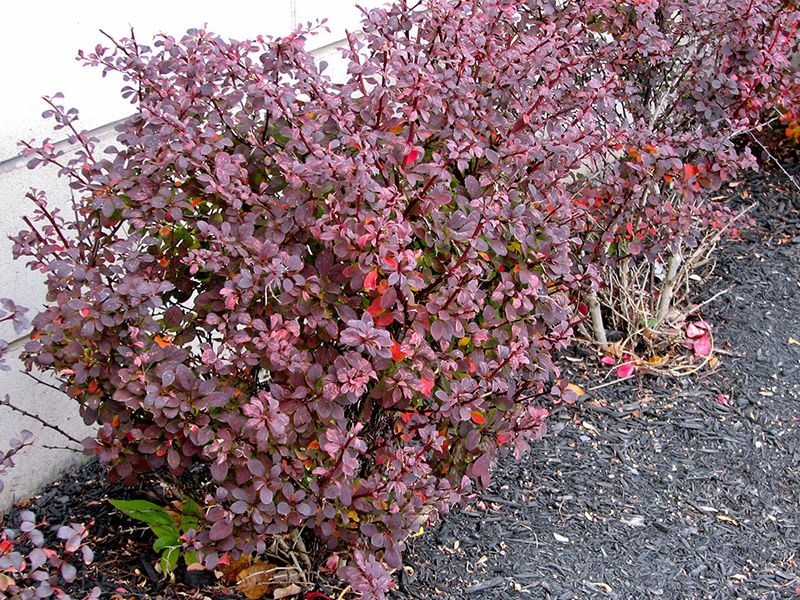
At the same time, people plant Japanese barberry — a plant that is known to harbor ticks — all over home landscapes!
Go figure …
The bigger issue
The bigger issue is how we view risk. In these pandemic times, we’ve had some practice with this issue, and we’ve learned that people have different risk/benefit equations.
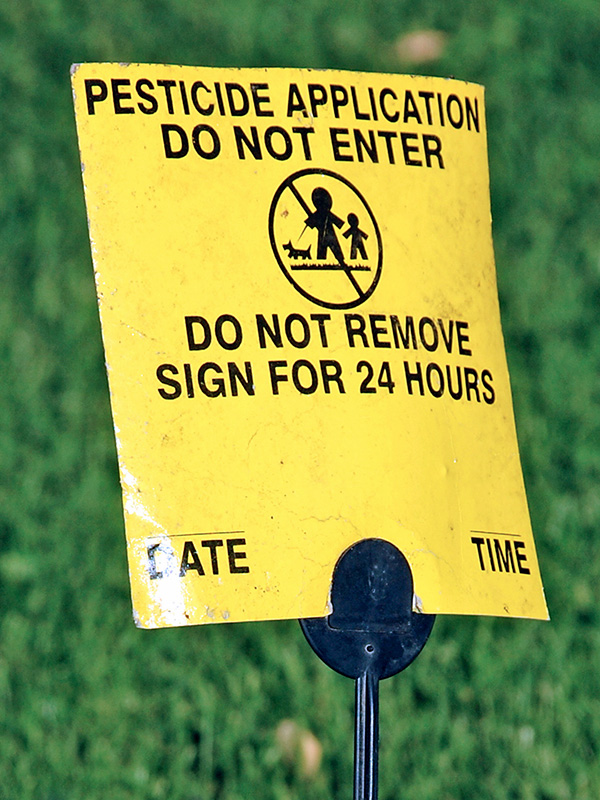
Oddly, people insist that nature be risk-free, yet they nevertheless spray poisons all over their lawn, around their yard, and even in their home. Many of these products are banned in other countries because of their toxic ingredients.
After all, pesticides are designed to kill pests, often with neurotoxins. Neurotoxins are incompatible with human health and especially for children’s brains and bodies!
Beyond our landscaping practices, other common human activities cause many injuries or deaths — more than those caused by bee stings, poisonous plants, or other natural dangers.
Cars
According to the National Safety Council for 2019, an estimated 38,800 people died in car crashes and about 4.4 million people were injured seriously enough to require medical attention. In fact, the risk of dying from a car crash is 1 in 107 over a lifetime. And as the New York Times reported, “Between 2010 and 2014, 2,885 children died in motor vehicle accidents nationwide — an average of 11 children a week.”
How many of these trips were truly essential — trips that warranted taking a risk? I suspect many trips resulting in accidents were perhaps trips to the mall for “recreational shopping” or other non-essential trips.
BUT, how many people don’t ride in cars or let their children ride in cars?
Sports

How many people tell children they can’t play sports because they might get hurt? And some of these sports injuries are indeed severe, with consequences lasting even into adulthood …
Even our daughter’s miniature golf injury (pictured) is worse than any nature-related mishap she ever suffered, yet no one would suggest that playing
mini-golf is too dangerous an activity to risk!
SAD: the Standard American Diet
People serve themselves and their families highly processed foods and sugary beverages rather than the real foods, creating an epidemic of nutrition-related severe illnesses that harm more people than anything in our yards ever could.
Vaccines etc.
Despite the fact that flu is right up there behind heart disease and cancer in causing death and illness, people fail to get the annual vaccine (as imperfect as it is). And we all know about attitudes toward masks …
The bottom line
Our society simply doesn’t hold the human world to the same standards as we do the natural world.
We’re so comfortable with what humans create that we accept those very real dangers — dangers that are likely at least as great as any the natural world presents. Our fear of nature stems from our modern unfamiliarity with the natural world and an apparent belief that being in nature isn’t important enough to be worth taking ANY risk.
Why aren’t we worried about the very real danger of harming the biodiversity humans depend on by following some of the more extreme tick-related recommendations, such as eliminating leaf litter. We may be safer at the moment, but at what expense to our children’s future?
What about the benefits of nature?
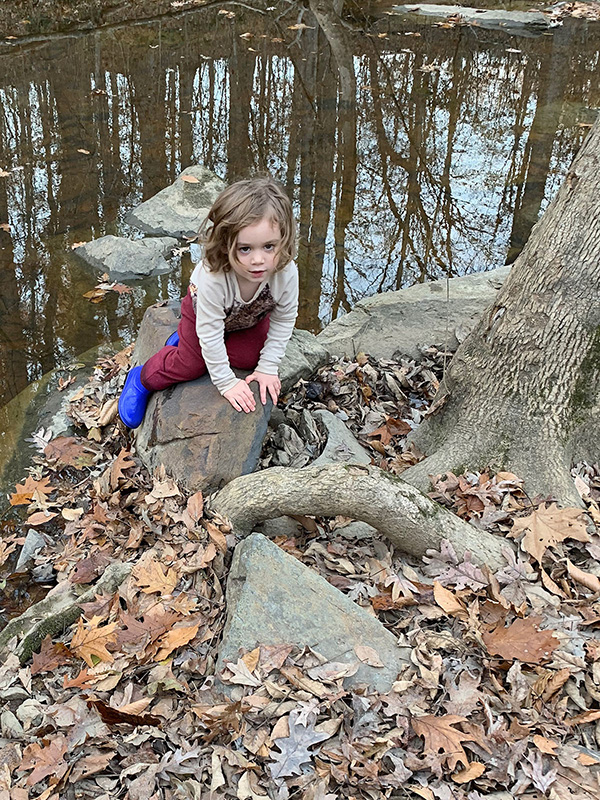
People discount or are unaware of the benefits of being in nature.
Playing videogames for another hour or watching yet one more hour of television isn’t likely to be as soul-satisfying as being out in nature — or in our naturally-landscaped yard! — for an hour.
Research shows this again and again. E. O. Wilson calls this human affinity and need for nature “biophilia.” Many people in the past few decades have lost this connection.
Our children’s and grandchildren’s present and future depends not on our man-made stuff but on inheriting a living planet, rich in biodiversity and with a stable climate.
Their generations’ ability to create a sustainable world will be rooted in their connection with the natural world and their understanding of how nature works. Creating a fear and even loathing of nature will not serve them well.
Resources
- National Wildlife Federation:
- Scientific American Blog:
- The Humane Gardener:
- Beyond Pesticides:
- Pollinator Pathways:
- People’s Pharmacy:
- New York Times:
- Sierra Magazine:
- NYS IPM Program:
- Journal of Medical Entomology:
- Grist:
- Good Housekeeping:
- 25 poisonous plants and flowers – And since they’re non-natives, we don’t recommend these plants anyway!
Reflections
It’s true that a lawn will not support a large tick population (or anything else), and pavement supports even fewer ticks. To create a world with no ticks, we could turn everything into lawn or pavement. The risk from Lyme disease would drop to zero, but so would the probability that we will persist on this planet much longer.
~ Doug Tallamy, Nature’s Best Hope, p. 217 (2020)
Another thing we can all do is landscape in a way that encourages higher mammal diversity in our neighborhoods. Research has shown that areas with foxes, chipmunks, squirrels, raccoons, groundhogs, and possums have much lower rates of Lyme disease, not because they have fewer ticks, but because those mammals are dead end hosts for Lyme disease. Simplified landscapes that only have white-footed mice and deer have much higher rates of infectivity.
~ Doug Tallamy, FAQ
The unspoken message that is sent to city-dwellers day in and day out is that what happens outside of cities does not affect us and therefore is unimportant. From a conservation perspective, a near total cultural disconnect from nature is a big enough challenge, but we have gone one step further. We have demonized nature. We no longer talk of a stern but nurturing Mother Nature, whom we should hold in reverence and upon whom we are all completely dependent. Instead, we are told by sensationalizing news media that if we go outside we are unlikely to survive — we are sure to be attacked by a mountain lion, maimed by a coyote, struck down by West Nile or Zika virus, disfigured by poison ivy, or crippled by Lyme disease.
~ Doug Tallamy, Nature’s Best Hope, p. 75 (2020)
